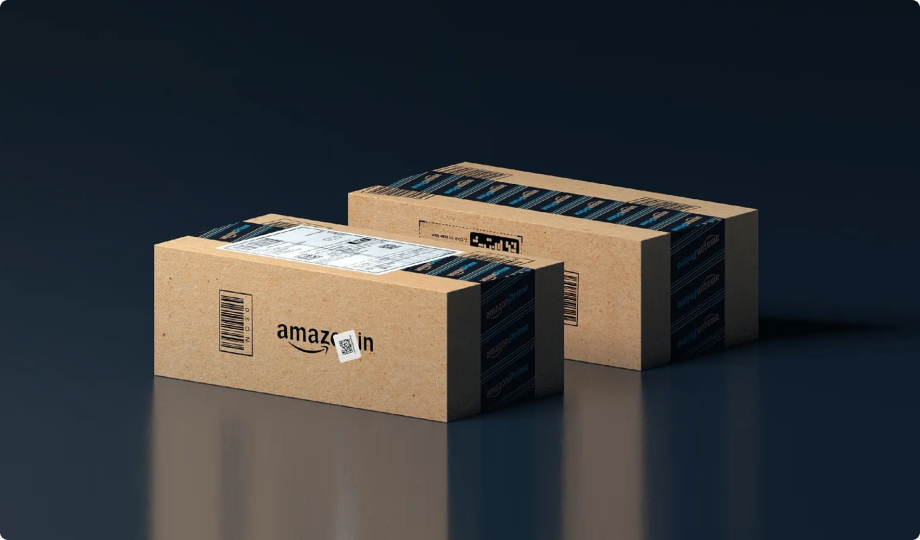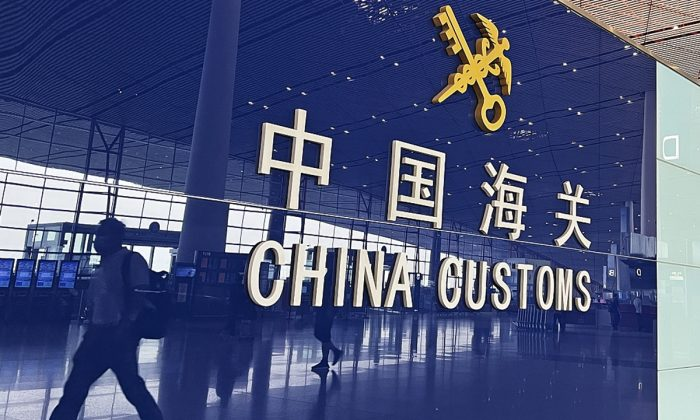The General Product Safety Regulation (GPSR) was published in the Official Journal of the European Union on May 23, 2023, and will officially enter into force on December 13, 2024. This new regulation will replace the current General Product Safety Directive currently in force. It is a step taken by the EU to protect consumer goods and substantially tightens some of the requirements for products.
This regulation introduces many important changes, such as the application of precautionary principles, increased product demand, specific strategies for the online market to ensure product safety, etc. This regulation requires economic operators to ensure that imported products comply with European standards and have technical documentation and a declaration of conformity, among other new requirements.
Whether you are an Amazon seller, an e-commerce seller, import products from outside the EU, or even manufacture and design your own products, this is of interest to you. The changes introduced are very important, and platforms such as Amazon are already beginning to request documentation in order to comply with the obligations imposed on them by the new Regulation as online service providers.
General obligations of manufacturers
The General Product Safety Regulation (RGSP) has established a series of legal obligations to guarantee consumer safety and ensure that products entering the European market comply with regulations. Below, we will break down one by one the changes we consider most important and how to address them.
Applicable to products without specific regulations: In Recital 8 of the Regulation, we find the first interesting point to consider, which refers to the application of this Regulation to products not covered by harmonization legislation. This means that the new Regulation will apply in its entirety to products that lack specific regulations and, in certain parts, to all products.
Mandatory technical file or technical documentation: Here we come across one of the key elements of this regulation, which greatly affects any seller, and that is the obligation to prepare technical documentation for any product, which, until now, was only mandatory for products with specific regulations. Manufacturers are required to prepare technical documentation for the products they place on the market, which must contain the information necessary to demonstrate their safety.
This documentation is based on an internal risk analysis carried out by the manufacturer and must be proportionate to the complexity of the product and the potential risks identified.
Essentially, it must include a general description of the product and the elements necessary to assess its safety. For complex products or those with potential risks, a more detailed description may be required, as well as a risk analysis and the technical measures taken to mitigate them. In addition, when the product complies with European standards or other requirements to ensure its safety, a list of these standards or elements applied must be included.
If you want to learn more, we have a 2-minute blog article that goes into more detail. All related to technical documentation.
Manufacturer status: Given the rise of private labels as a business model, it is important to be fully aware of the obligations this entails, as clearly stated in recital 34 of the new Regulation. If you make private label products, you have the obligations of a manufacturer, and in this case it is worth quoting this section of the regulation verbatim: “Any natural or legal person who places a product on the market under their own name or brand, or modifies it substantially in a way that may affect its compliance with the requirements of this Regulation, shall be considered its manufacturer and shall assume the obligations incumbent on them as such.”
It is important to break down, at least in summary form, the specific obligations of the manufacturer detailed in Article 9:
Compliance with safety requirements: Ensure that products are designed and manufactured in accordance with general safety requirements.
Risk analysis and technical documentation: Carry out an internal risk analysis and prepare technical documentation describing the product and its essential characteristics in order to assess its safety. The complexity of the technical documentation shall be proportional to the complexity of the product.
Maintenance and availability of technical documentation: Ensure that technical documentation is up to date and available to market surveillance authorities for at least 10 years.
Product identification: Ensure that each product has a model or serial number for identification.
Manufacturer’s contact information: Clearly indicate the manufacturer’s name, address, and contact information on the product or its packaging.
Clear and safe instructions: Manufacturers must include clear and safe instructions for consumers on the products, in easily understandable language, as determined by the Member State of marketing. However, this requirement does not apply if the product can be used safely without such instructions.
Responsible person or authorized representative: If you sell in the EU using an LLC or a company incorporated outside the Union as your legal form, you are probably familiar with this figure. Until now, companies outside the EU that marketed products with CE marking or subject to specific regulations were required to appoint an authorized representative established within the EU. This changes radically with the publication of the new Regulation, which will require the appointment of this figure for any type of product as of December 13, 2024.
Obligations for online sellers: When selling products online or through other means of distance selling, economic operators must provide the following information in a clear and visible manner in the product offer:
- Name, registered trade name, or registered trademark of the manufacturer, along with their postal and email addresses for contact purposes.
- If the manufacturer is not located in the European Union, the name and postal and email addresses of the person responsible as established in the relevant regulations must be provided.
- Information identifying the product, including an image, model, and any other identifier.
- Warnings or safety information required by Union legislation, in a language easily understandable to consumers, as determined by the Member State where the product is marketed.
Online retailers such as Amazon are already enabling areas in their listings where product safety warnings, instructions, etc. appear.
Keep a copy of technical documentation: Manufacturers must keep a copy of the technical documentation for their products for at least 10 years after the product is placed on the market. If the documentation is requested by market surveillance authorities, importers must provide a copy of the documentation to the authorities.
Investigation of complaints and accidents: Manufacturers must investigate complaints and information about accidents related to the safety of the products they sell. They must submit these complaints, along with information about product recalls and corrective measures taken, to the appropriate registry. Importers must report on such investigations and their results to manufacturers, distributors, and suppliers.
Requirements of Amazon and other platforms
The new Regulation makes online sales service providers (platforms such as Amazon) responsible for the data appearing on their site. If you sell on Amazon, you have probably received an email referring the seller to a table with a series of documents that must be uploaded to the platform.
In the details provided by Amazon, there is a list of optional documents to upload, all related to the technical documentation of the product, including safety data sheets (SDS), instruction manuals, safety warnings, etc. The platform itself does not specify which ones are mandatory and which ones are not, it simply says that one or all of the documents can be uploaded, and this fits perfectly with what the Regulation itself dictates regarding the complexity of technical documentation.
As we have already seen in Recital 33, the new Regulation establishes that the information contained in the technical documentation must be proportional to the complexity of the product itself. At the moment, we do not know whether platforms such as Amazon will establish any of these documents as mandatory, since the regulation has not even come into force yet, but it is worth anticipating and preparing this documentation.
In conclusion, the General Product Safety Regulation aims to improve product safety by applying strict requirements to manufacturers, importers, and service providers.
If you have any questions about how to prepare the technical documentation for your product, please contact us and we will be happy to assist you.



